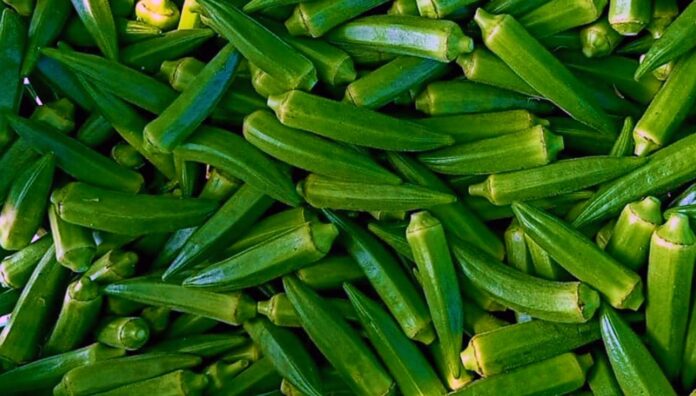-
The Philippines will start exporting okra or lady’s fingers to South Korea for the 2021-2022 season
-
Exports of fresh, green okra pods will be sourced initially from Tarlac, where Bureau of Plant Industry-accredited farms and packing houses are located
-
Agriculture Secretary William Dar said there is “good opportunity” to enter the Korean food market and promote Philippine okra among mainstream consumers
The Philippines will start exporting okra or lady’s fingers to South Korea for the 2021-2022 season after it complies with the agreed requirements set by both countries, according to the Department of Agriculture (DA).
“After the resumption of okra exports to Japan last year, we are opening yet another market access for our okra, this time with the huge Korean food market,” DA Secretary William Dar said in a statement.
He said the Philippine government’s request since 2014 to have okra access the Korean market has now finally been granted.
DA Agriculture Attaché Aleli Maghirang said the South Korea government announced the completion of the ruling process for Philippine okra to access the Korean market through an official notification from the Ministry of Agriculture, Food and Rural Affairs (MAFRA) on May 6, 2021.
“I commend the efforts of concerned DA offices, particularly the Bureau of Plant Industry (BPI) and the Philippine Agriculture Office in Seoul, for this breakthrough and significant development that will also pave the way to more farm and fishery exports to Korea,” Maghirang said in a report to Dar.
Exports of fresh, green okra pods will be sourced initially from Tarlac, where BPI-accredited farms and packing houses are located.
Currently, there are four Philippine okra exporters—Jelfarm Fresh Produce Enterprise; Greenstar Produce Philippines Inc.; AAMC Foods Corp.; and Hi-Las Marketing Corp.—all members of the Philippine Okra Producers and Exporters Association.
Maghirang said that due to the current pandemic-related travel restrictions, Korea’s MAFRA Animal and Plant Quarantine Agency has requested BPI to conduct on its behalf appropriate investigations and provide inspection report in lieu of the required Korean on-site survey of the okra farms in Tarlac. Once the requirements are complied with, Philippine okra exports to Korea may commence, she added.
Maghirang said okra is not as mainstream in Korea as are radish, cabbage, cucumber, potato, and sprouts, which are parts of many Korean dishes. Some Koreans eat okra as “banchan” (side dish), including “okra muchim” (seasoned) or “okra kimchi” (pickled/fermented).
Okra is available only in the online market, in frozen or dried form. Processed okra products are mostly imported from China, while the fresh, green pods are available in small volume during summer season, mostly consumed by Filipinos and other Asian nationalities in Korea.
“This is therefore a good opportunity for us to enter the Korean food market and promote Philippine okra for mainstream consumers,” Dar said.
DA noted that okra has long been favored as a food for the health-conscious, as it contains potassium, vitamins B and C, folic acid, calcium, and rich in amino acids. It prevents anemia, promotes healthy skin and pregnancy, prevents stomach ulcer, and improves the respiratory system.
Okra is a high-yielding crop that provides Filipino farmers a good source of income. Its green pods can be harvested as early as 55 to 65 days upon seeding. Surveys show that farmers can harvest from 500 kilograms up to one ton of okra pods per hectare, providing a net income ranging from P80,000 to P120,000.
“The entry of Philippine okra to the Korean market is indeed a welcome development to boost not only the livelihood and incomes of our farmers, but also pave the way to other potential export crops, thus invigorating the country’s agriculture sector,” Dar said.





